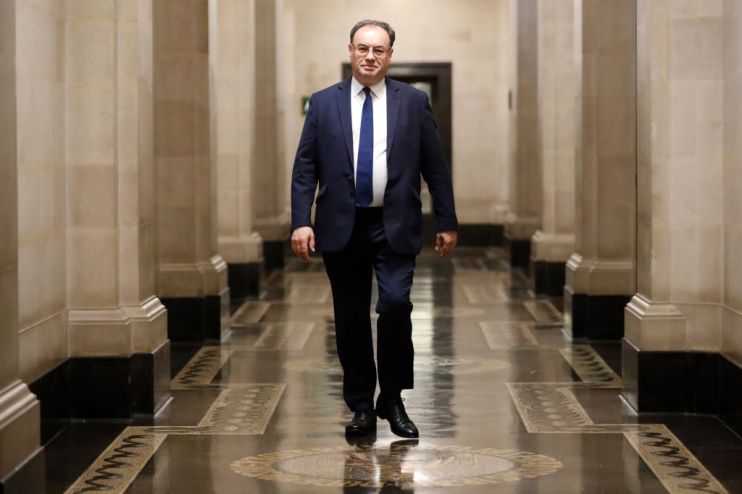Andrew Bailey says Bank of England ‘not there yet’ on negative interest rates

Bank of England governor Andrew Bailey has said the BoE is not yet in a position to decide whether it should cut interest rates in negative territory, as there is more work to be done on what effects they might have.
It comes after the Bank sent a letter to lenders yesterday asking them about their “readiness” to deal with zero or negative rates.
Speaking to the House of Lords, Bailey highlighted the letter.
“Only when we get through these questions,” he said, “will we be in a position to say if it is a tool we would use. We are not there at the moment.”
Bailey also warned that rising coronavirus cases increased the chances of “economic scarring”.
He said: “As Covid returns, and if the prospect is that it will go on for longer… the prospect of scarring would increase.”
The Bank of England slashed rates to a record low of 0.1 per cent in March as the pandemic began.
Negative interest rates in ‘toolbox’
Yet with the economic future far from certain, the Bank in August added negative interest rates to its “toolbox”. Bailey said this does not mean the BoE intends to use them, however.
The Bank of England’s “Bank rate” is a key determinant of lending costs throughout the economy. Theoretically, lower interest rates encourage more lending which boosts growth.
A negative interest rate would mean that banks would be charged to keep their reserves at the BoE. The idea is that this would force banks to lend out more of their spare money.
Bailey has said the Bank does not currently plan to put them in place. But the institution is clearly taking the idea seriously.
Yesterday’s letter to banks said: “For a negative Bank rate to be effective as a policy tool, the financial sector — as the key transmission mechanism of monetary policy — would need to be operationally ready to implement it in a way that does not adversely affect the safety and soundness of firms.”